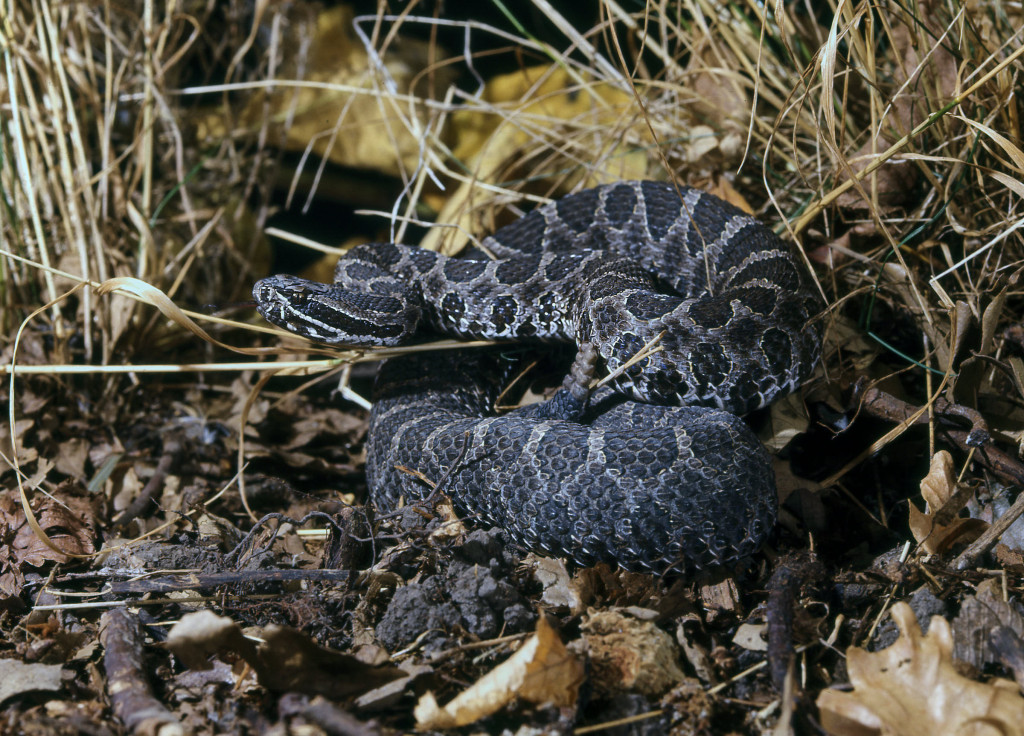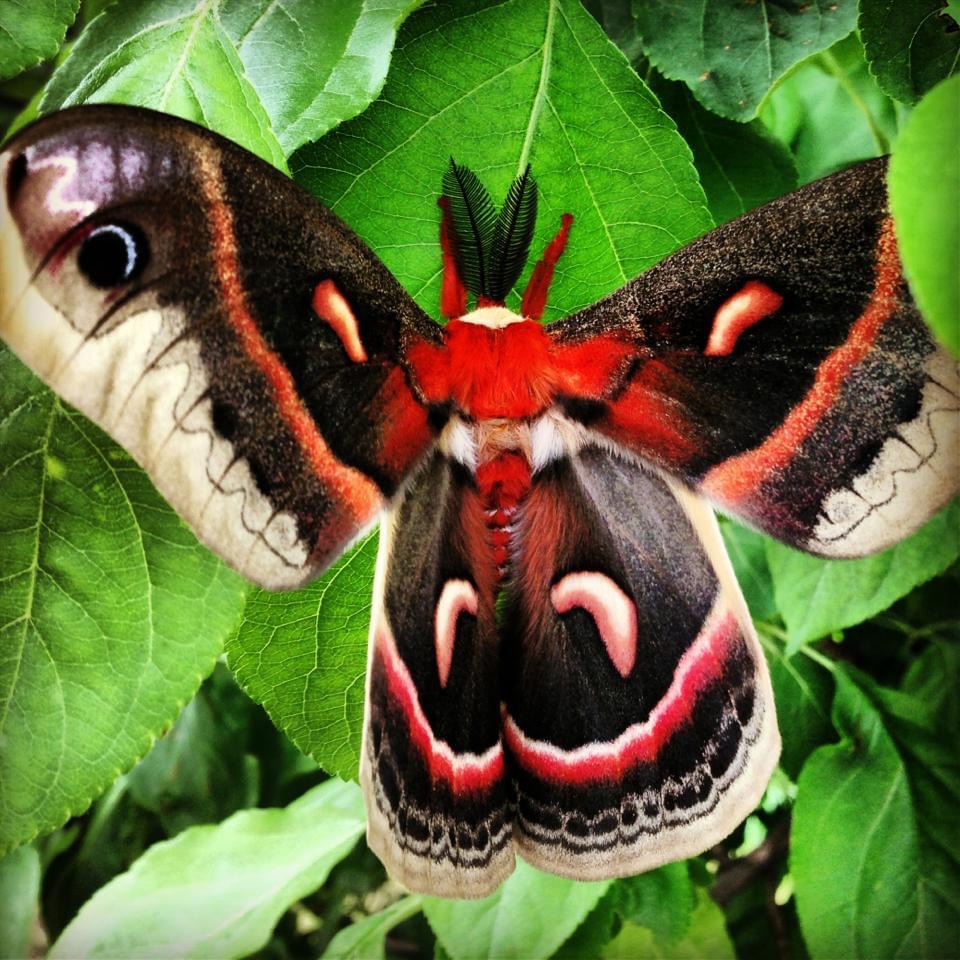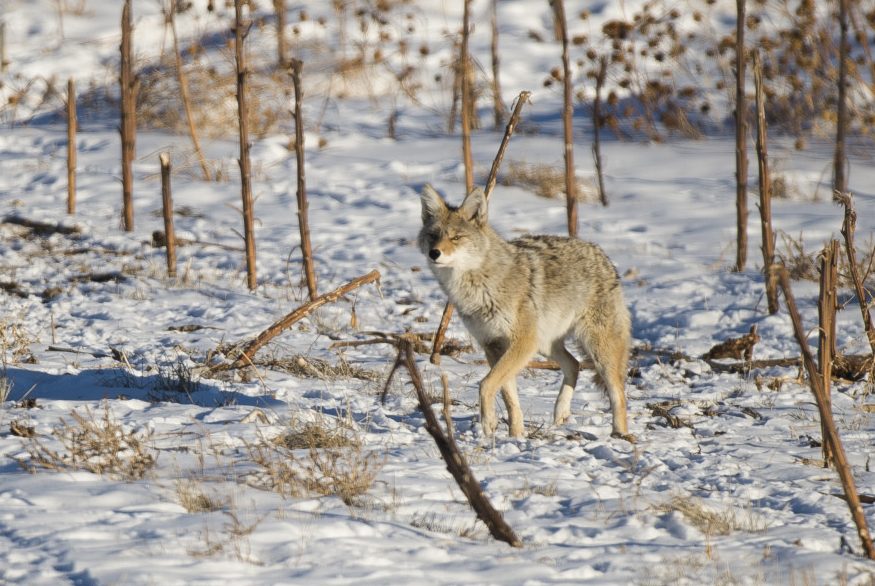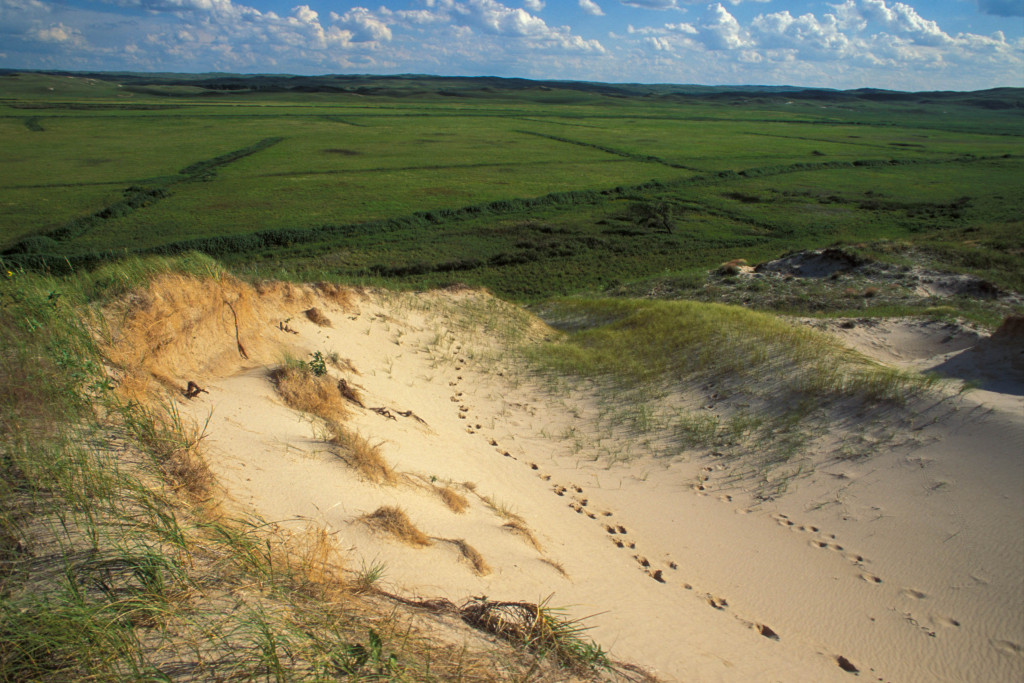
By Monica Macoubrie, Wildlife Education Specialist
Have you ever stopped to think about how wild Nebraska really is — by the numbers? From the Sandhills to the Platte River, our state is full of mind-blowing stats that might surprise you. Whether it’s the sheer number of sandhill cranes that pass through each spring or the quirky facts behind some of our smallest critters, Nebraska’s natural world has numerous stories to tell.
4 – The number of venomous snakes that can be found in Nebraska
Out of the 29 snake species found in Nebraska, only four are venomous: the prairie rattlesnake, timber rattlesnake, massasauga and copperhead. These snakes tend to avoid people and are rarely aggressive unless threatened. Each plays an important role in controlling rodent populations and maintaining healthy ecosystems. While sightings are uncommon, it’s always good to be aware of your surroundings — especially in rocky outcrops, grasslands or wooded areas where these snakes may live.

7 – The number of miles away a male moth can smell a female
Male moths take to the air in search of love — but they’re flying blind. They don’t know what the female looks or sounds like, but they sure know her scent. Once they catch a whiff, the race is on — not only to locate her direction but to beat out the competition. Moths are covered in thousands of smell and taste receptors: tiny scales, bristles and pits on their antennae, feet and mouth parts. These help them find mates, detect food and avoid parasites or disease.

11 – The number of vocalizations a coyote can use to communicate
Coyotes are some of the most vocal mammals in North America, and Nebraska’s grasslands and open spaces often echo with their calls. These clever canines use 11 different sounds — from yips and barks to howls and growls — to communicate with their pack, mark territory or signal danger. Sometimes, just two coyotes can sound like a whole group, thanks to their impressive vocal range and ability to vary pitch and tone.

17 – The number of minutes a muskrat can stay submerged underwater
Muskrats are semi-aquatic rodents named for their musky scent and somewhat rat-like appearance. You’ll find them in water-rich habitats like wetlands, ponds, marshes and lakes. Built for life in and around water, muskrats are strong swimmers, using their webbed hind feet and flattened tails to glide through the water with ease. They can hold their breath for impressive stretches and swim both forward and backward.
50 – The number of teeth in an opossum’s mouth
The opossum has more teeth than any other land mammal – it has 50! In its mouth are four kinds of teeth: incisors for gripping and tearing, canines, molars to crush their food and pre-molars for slicing. Opossums are considered omnivores, which means they will eat other animals and plant material. Their teeth help them do everything from tearing apart prey to crushing tough nuts and seeds, and they must be strong enough to handle different textures and hardness.

80 – The number of years a pallid sturgeon can live
The pallid sturgeon, a rare and ancient fish native to the Missouri River basin, can live up to 80 years old, or possibly longer. Sometimes called a “living fossil,” this bottom-dwelling species has been around for over 70 million years, surviving dramatic changes in river systems. Unfortunately, it’s now federally endangered due to habitat loss and changes in river flow, but conservation efforts in Nebraska and elsewhere are working to protect and restore its populations.

100 – Cubic inches of soil moved by a single cicada killer wasp during nest construction
Don’t let the name intimidate you — cicada killer wasps may look fierce, but they’re solitary and mostly non-aggressive toward people. What is impressive, though, is their digging ability. A single female can excavate up to 100 cubic inches of soil to create her underground burrow, which she uses to stash paralyzed cicadas as food for her developing larvae. These wasps act like tiny backhoes, moving dirt with their powerful legs and jaws, often leaving small mounds of soil near sidewalks, garden beds or open sandy areas.
450 – Bird species documented in Nebraska
Thanks to its location along the Central Flyway, Nebraska is a birdwatcher’s paradise. From warblers to waterfowl, over 450 species have been spotted across the state. Spring and fall migrations bring in waves of winged travelers, and March offers one of the world’s greatest spectacles: Over one million sandhill cranes gather along the Platte River.

1,500 – The number of native plants found in Nebraska
Nebraska’s nearly 1,500 species of native plants occupy habitats ranging from eastern Nebraska tallgrass prairies to Sandhill wetlands to dry rocky outcrops in the Panhandle. Though many of these species are common and widespread, many are restricted to unique habitats such as Sandhill fens and alkaline marshes. Nearly 400 plant species are considered at-risk in the state, while only seven species are listed as federally or state threatened or endangered.
25,000 – The average number of feathers on a trumpeter swan
Trumpeter swans, the largest native waterfowl species in North America, are covered in about 25,000 feathers — more than many other birds. These dense layers help keep them warm in freezing temperatures and waterproof in cold waters. In recent years, these majestic birds have made a slow comeback in Nebraska, especially in the Sandhills and along the Platte River during migration and winter months.

19,300 – The number of square miles in Nebraska covered by the Sandhills
Stretching across north-central Nebraska, the Sandhills are the largest stabilized sand dune system in the Western Hemisphere, covering nearly a quarter of the state. This unique landscape blends grasslands, wetlands, marshes and upland dunes, supporting a rich diversity of wildlife — from prairie chickens and burrowing owls to Blanding’s turtles and hundreds of native plants. Its varied habitats provide homes for countless insects, fish, amphibians, reptiles, birds and mammals.

These figures remind us that even in the heart of the Great Plains, there’s an incredible amount of life buzzing, crawling, flying and growing all around us. So next time you’re out for a hike, fishing trip or just watching the birds at your feeder, take a second to appreciate Nebraska’s plentiful diversity.
